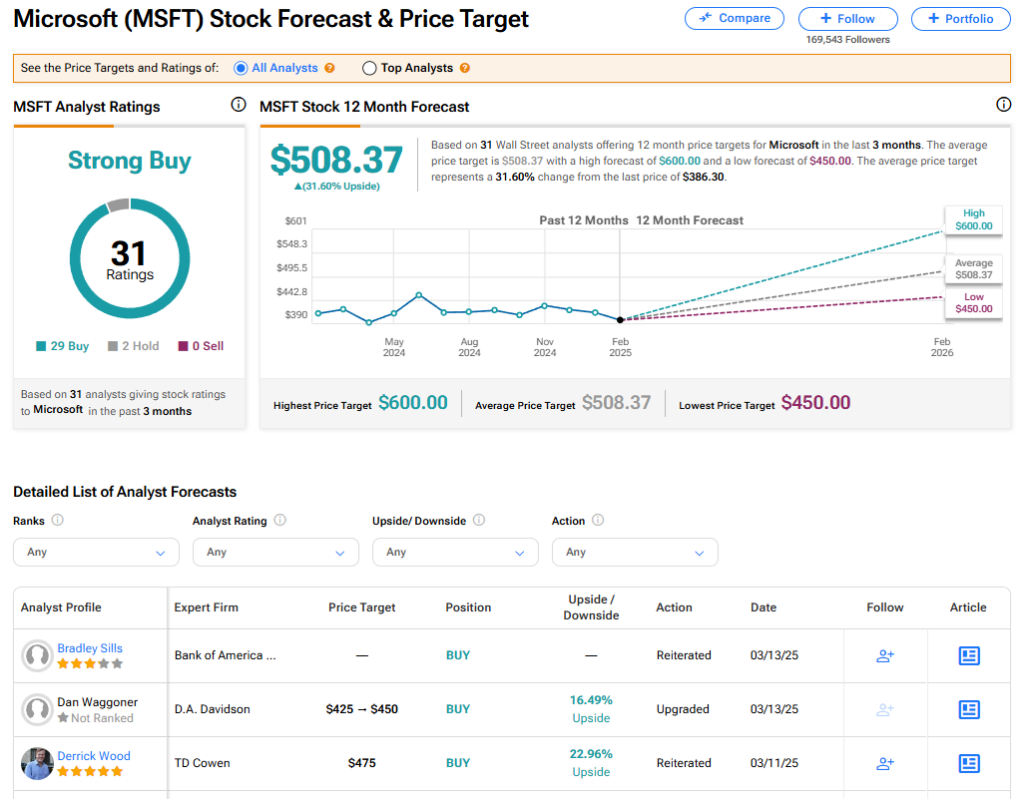
Microsoft (MSFT) Announces New Human Resources Leader
- 20.03.2025 03:43
- markets.businessinsider.com
- Keywords: Microsoft, Human Resources
Microsoft named Amy Coleman as its new global HR head, succeeding Kathleen Hogan, who transitions to a strategic role. Coleman, with over 25 years at Microsoft, has led key initiatives like their hybrid work plan.